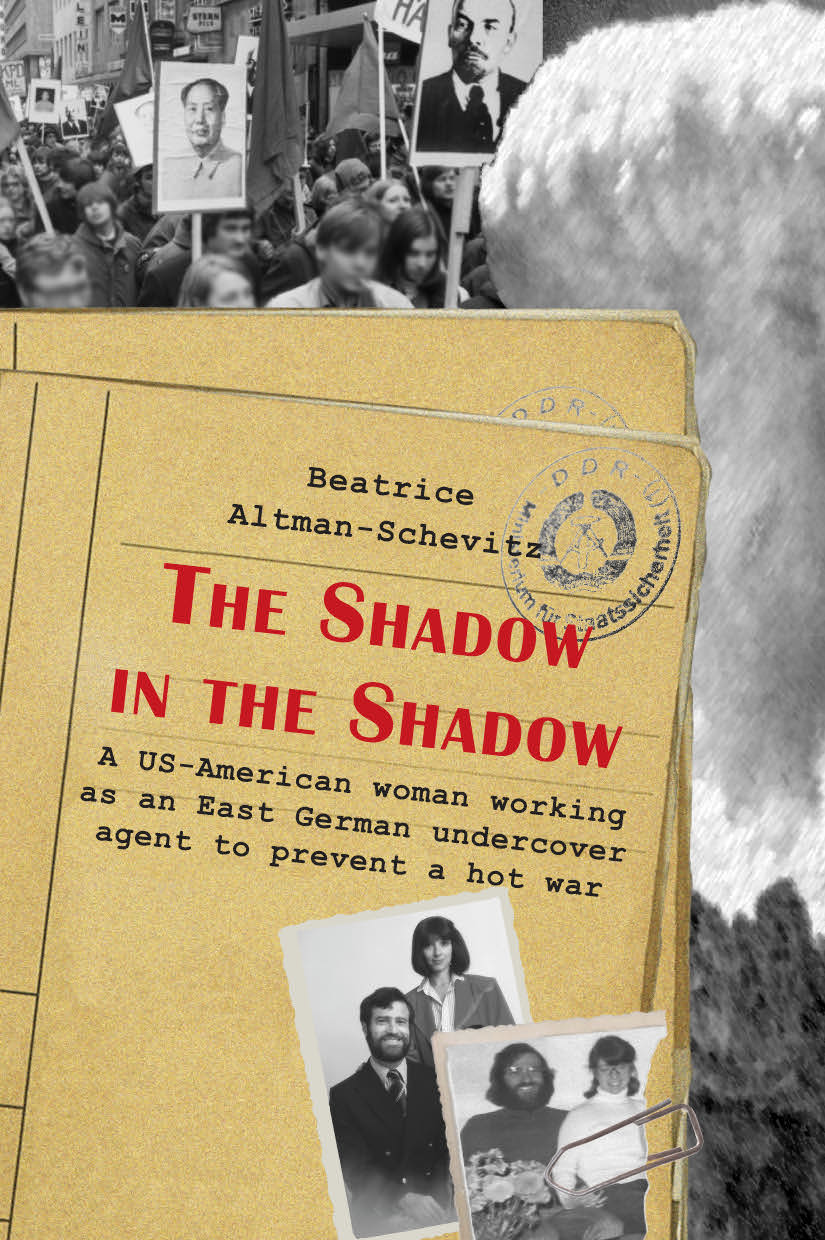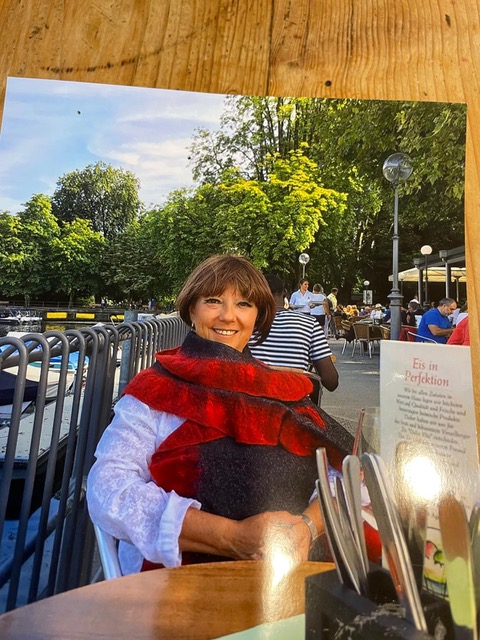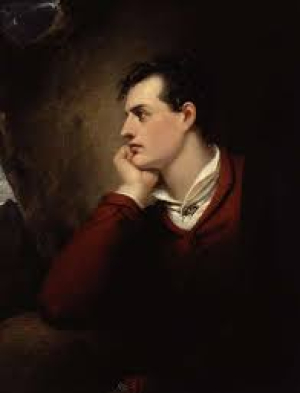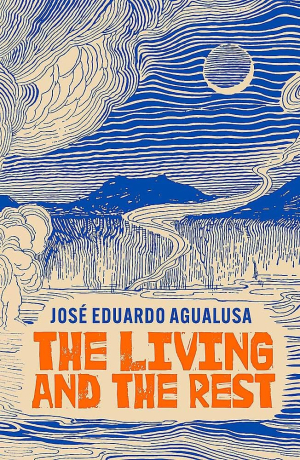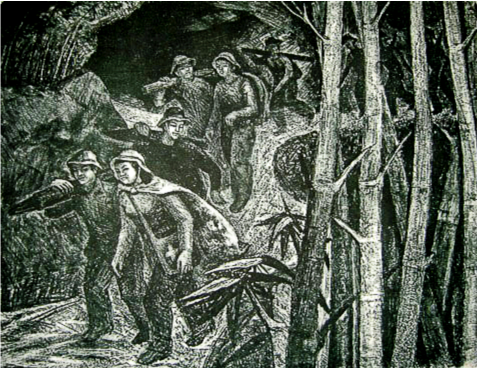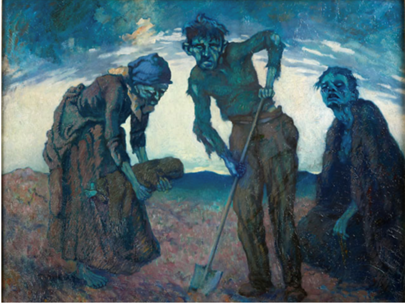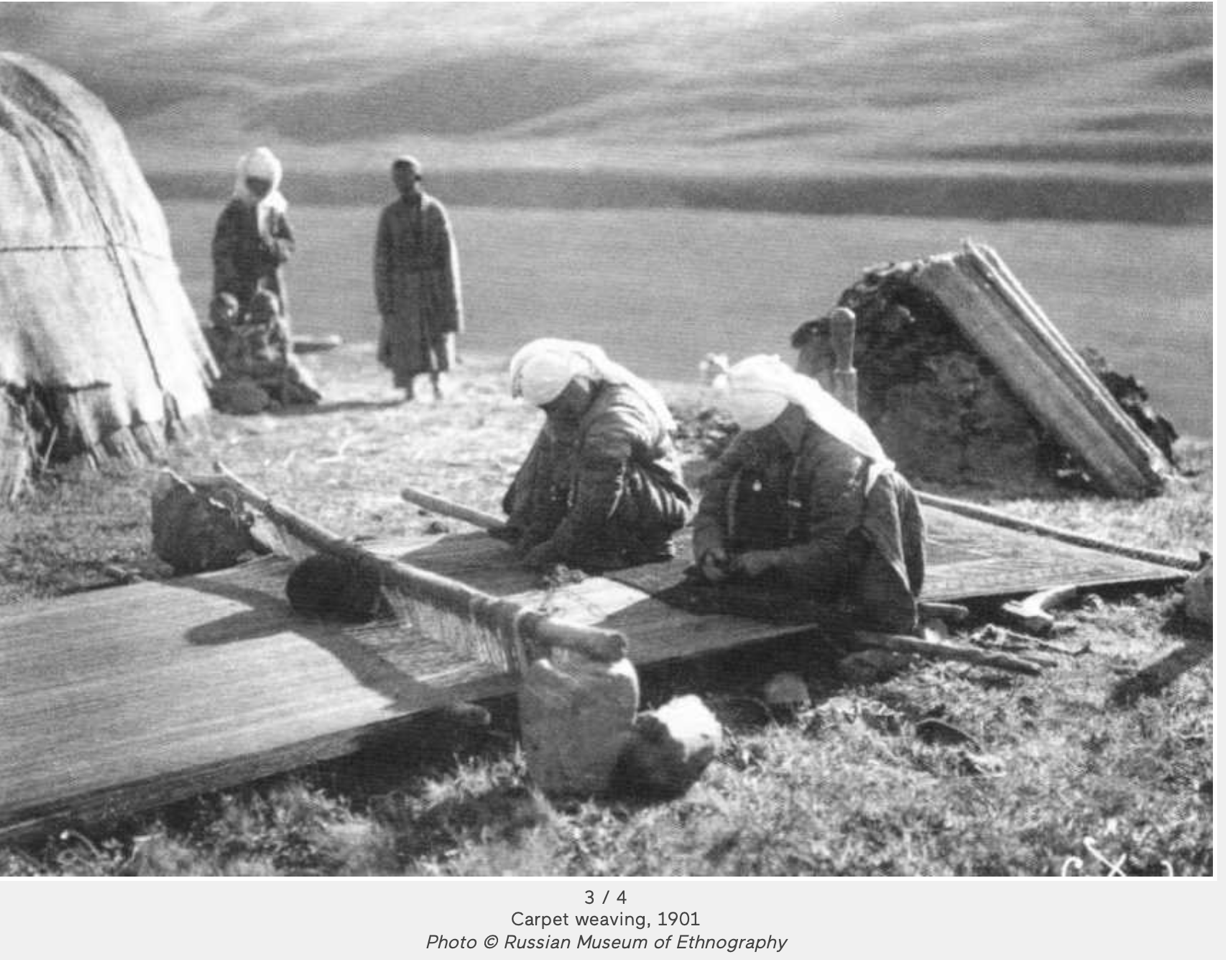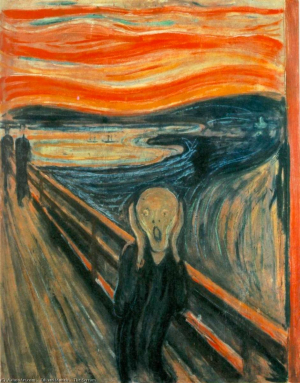
A Drive to Change the World: James Baldwin, Black Author, Socialist and Activist
James Baldwin, the important left-wing, Black author and activist, was born one hundred years ago in Harlem, New York, on 2 August 1924. Baldwin’s stepfather David, a Pentecostal preacher, was a factory worker, earning too little to provide for his family of nine children. His mother Berdis, a migrant from the South, worked in domestic service. The young James’ first encounter with police at the age of ten brought home to him the realities of racism. David’s preaching initially led the teenage Baldwin to become a young minister.
During his time at Public School 124 in Harlem (with its first Black principal, Gertrude Ayers), Baldwin’s potential was recognised by Orilla Miller, a white teacher and communist from the Midwest. Miller introduced him to literature and theatre, including A Tale of Two Cities by Charles Dickens and the landmark play Voodoo Macbeth, directed by Orson Welles with an all-Black cast. These experiences deepened Baldwin’s literary passion, broadened his cultural horizons and provided a secular alternative to his religious upbringing. The Harlem Renaissance also played a central role in shaping his artistic and intellectual outlook.
The Millers were supportive of the socialist side in the Spanish Civil War, took Baldwin to a May Day parade organised by the CPUSA, and significantly influenced Baldwin’s political education. Through them, Baldwin learned that racism could be opposed and solidarity could be built across racial lines.
Baldwin’s political consciousness was further shaped by his English teacher Abel Meeropol, a communist and staunch anti-racist, author of the anti-lynching song Strange Fruit. Meeropol’s adoption of the sons of executed communists Ethel and Julius Rosenberg added another layer to Baldwin’s awareness. Additionally, his encounter with artist Beauford Delaney introduced Baldwin to the secular tradition in Black music, which transformed his emotional experiences into artistic expression.
By 1941, Baldwin had lost faith in Christianity and rejected his father’s authority. After leaving school in 1942, he faced economic hardship and was unable to afford college. The wartime labour shortage meant he found work. He joined a writers’ workshop, taught by communist Mary Elting, aligning with the Communist International’s Popular Front strategy, and received a scholarship from the League of American Writers in January 1942, cementing his connection to left-wing politics. The 1943 Harlem riots and Baldwin’s experiences during this tumultuous period further fueled his radicalisation. He joined the Young People’s Socialist League (YPSL), navigated various left-wing camps and published poetry in the communist Daily Worker.
Seeking an alternative to oppressive US society, Baldwin was drawn to the communist movement, especially with its anti-racist stand and its influence on African Americans, considering the CPUSA a haven for young Black writers. Between 1920 and 1950, many Black intellectuals, including Claude McKay, Langston Hughes, and Richard Wright, found a political and artistic home here, though some drifted away from it again.
After various jobs, Baldwin found employment closer to the publishing world, including a stint as messenger in the progressive newspaper PM. In 1944, Baldwin took a theatre class at the New School, sparked by the renaissance in African-American theatre. Baldwin believed literature should create an all-encompassing humanism, elevating individual suffering to a collective level, as reflected in his reading of Shakespeare and Gorky. In 1947, Baldwin published reviews of Gorky’s works, praising his expanded vision.
In 1946, Baldwin’s best friend, Eugene Worth, committed suicide, profoundly impacting Baldwin and later reflected in his novel Another Country (1962).
These formative experiences solidified Baldwin’s commitment to social justice and influenced his decision to move to Paris in November 1948. Seeking a more open environment to continue his radical work, Baldwin left the repressive atmosphere of the United States. In Paris, he found the freedom to explore his identity, including his queerness, and to articulate his revolutionary ideas, which would shape his prolific career as a writer and activist. The move solidified his commitment to writing and led to major works like Go Tell It On the Mountain (1953), Notes of a Native Son (1955) and Giovanni’s Room (1956). By the 1980s, he openly identified as gay and collaborated with Black feminists, critiquing both imperialism and white supremacist thinking, including in this context racism, sexism, and homophobia.
Baldwin’s debut novel, Go Tell It On the Mountain, draws on his upbringing in Harlem. Aged 24, he published an essay titled “The Harlem Ghetto”, criticising the conditions affecting African Americans. In this way, he became part of African-American protest literature, articulating the realities of oppression. The rise of Black Power and revolutionary groups made him more optimistic about the possibilities of revolution in the US.
A drive to change the world
Baldwin’s writing career encompassed bestselling novels, essays, plays, and articles. His major political works, such as The Fire Next Time (1963) and No Name in the Street (1972), were penned abroad, addressing international issues. His revolutionary ideas were fueled by a relentless critique of the present and a drive to change the world.
Living in Paris, he became aware of the struggles of North African refugees, leading him to see global struggles as interconnected. Baldwin’s awareness of Black internationalism addressed Western imperial power in the Middle East. He was a vocal supporter of Palestinian self-determination, viewing Israel as a proxy for Western imperialism and Palestinians as oppressed victims. The Black Lives Matter movement has revived Afro-Arab and Afro-Palestinian solidarity, a tradition Baldwin significantly influenced. In 2013, over 1,000 Black intellectuals signed the “Black for Palestine” statement after Michael Brown’s murder by police in Ferguson, Missouri, when Palestinians tweeted solidarity statements and tips for the demonstrators on how to deal with tear gas.
From his early encounter with communists and other progressive political activists, Baldwin knew that his experience was not limited to African Americans but was intrinsic to capitalism and imperialism. Baldwin expressed this understanding on many occasions, related it geopolitically to colonialism in Africa, to South Africa, and Palestine, for example, or here in a later, 1970 letter to the imprisoned Angela Davis:
White lives, for the forces which rule in this country, are no more sacred than Black ones, as many and many a student is discovering, as the white US-American corpses in Vietnam prove.
In September 1956, Baldwin attended the First Conference of Negro-African Writers and Artists at the Sorbonne, sponsored by the Negritude Movement, a literary, cultural, and political movement developed in the 1930s in response to French colonial rule and the dehumanising effects of colonialism. It sought to reclaim the value of Black culture and heritage, promoting a collective Black identity and solidarity across the African diaspora. This movement, led by figures like Frantz Fanon, Senghor, and Césaire, sought to unify the African diaspora’s cultural heritage, akin to the 1955 Bandung Conference.
The years 1957-62 were pivotal for Baldwin as he became an internationalist. His experiences with the civil rights movement and French colonialism’s brutality, especially during the Algerian war, reinforced his understanding of international racism and state terror. This period included significant travel, writing, and a deepened interest in Islam and anti-colonial struggles.
His increasing activism and affiliation with Black internationalist currents in the 1960s culminated in New Yorker editor William Shawn inviting Baldwin to write about Africa, alongside an invitation from Israel, setting Baldwin’s thought in new directions and leading to a book on Africa with Israel as a prologue.
Baldwin’s visit to Israel shifted him further away from a Western perspective towards anti-imperialist internationalism, perceiving this country as a pawn in the Middle East, created to serve Western imperialist interests. International events like the Vietnam War and Israel’s Six-Day War aligned Baldwin with SNCC (Student Nonviolent Coordinating Committee) and the Black Panthers, seeing these conflicts as expressions of US imperialism and racism.
Baldwin was pioneering in exposing US racism and drawing parallels with international struggles. His essay “What Price Freedom?” in the journal Freedomways, connected US racism to its imperialist actions abroad, critiquing the US idea of ‘freedom’ imposed by violence. Baldwin’s work increasingly highlighted the similarities between the treatment of African-Americans and colonial subjects.
By 1968, Baldwin had become closely affiliated with the Black Panther Party. He endorsed their community programmes and their stance against police violence, viewing them as a challenge to the repressive US state.
No Name in the Street articulates Baldwin’s anti-capitalist and anti-imperialist stance, opposing the Vietnam War, South African apartheid, and Israeli settler-colonialism. It expresses solidarity with liberation movements and projects a socialist future. His relationship with Bobby Seale of the Black Panther Party underscored his commitment to long-term anti-colonial and anti-imperialist struggle.
Between 1968 and 1972, Baldwin spent much of his time outside the United States, initially in Turkey and France after traumatic events like the assassination of Martin Luther King Jr. During this period, he ended his relationship with his lover Alain and, coupled with the 1971 Turkish military coup and his declining health, decided to permanently move to St. Paul-de-Vence in France, buying a home there.
In October 1973, following US support for Israel during the “October War” against Egypt and Syria, Baldwin made his strongest public criticism of Zionism and expressed support for Palestinian rights. He highlighted the creation of Israel as a means to control Arabs, condemning the Western powers for using Israel and Vietnam to enforce their interests.
The Reagan administration, with its harsh stance on issues like HIV/AIDS, intensified Baldwin’s despair and rage over the United States. Baldwin received an honorary doctorate from the University of Massachusetts in 1978 and became a Distinguished Fellow there in 1983. He continued his work as a political journalist and author, producing his only poetry book and his final novel, Just Above My Head.
In his 1979 essay “Open Letter to the Born Again”, Baldwin condemned Western anti-Semitism and expressed solidarity with Palestinian self-determination, criticising the Zionist project and its colonial roots.
Towards the end of his life, Baldwin sought to redefine gender and racial identities. Diagnosed with oesophageal cancer in early 1987, Baldwin spent his remaining lifetime at his home in St. Paul-de-Vence, passing away aged 63 on December 1, 1987.



